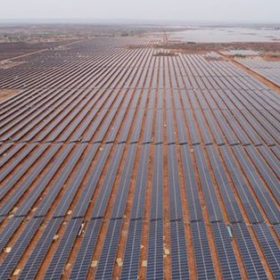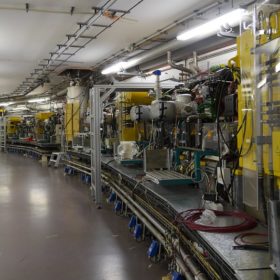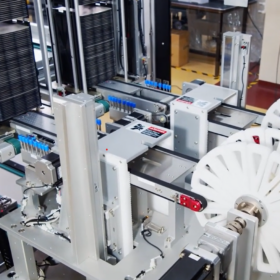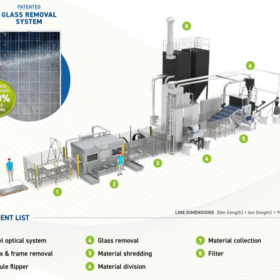India Ratings maintains stable outlook on solar sector for FY2020-21
Contracted revenue, minimal volume risk and moderate-to-strong counterparties mitigate cash flow concerns in solar assets.
Investment opportunities in India’s solar sector
India, with 750 GW of solar potential, has also one of the highest transmission and distribution losses in the world. So, while there is immense scope in PV deployment, there is a need for greater investment in grid related projects also to help the country best utilise its renewable energy potential, says the latest report by SolarPower Europe and National Solar Energy Federation of India (NSEFI) which also makes recommendations to help accelerate investments in the solar sector.
Speeding up energy storage with pseudocapacitors
Scientists at Germany’s Helmholtz Zentrum Berlin have made a discovery they say could greatly increase the energy storage capacity of titanium-based ‘MXene’ pseudocapacitors, ultimately leading to faster-charging batteries. The group found adding urea molecules between MXene layers increased the material’s storage capacity by up to 56%.
Larsen & Toubro bags 50 MW solar project in Tamil Nadu
Following a 20 MW floating solar project in Uttar Pradesh last month, Larsen & Toubro has won an order to design and construct a 50 MW solar plant in Tamil Nadu.
Rooftop solar leader Gujarat gets maximum central financial support for RE generation
With Rs 118.27 crore in the current financial till February 10, Gujarat is way ahead among all states and union territories in getting the central financial support for new and renewable energy generation.
A plug-and-play solar-powered battery back-up solution for the home
The OneBox, from Indian manufacturer Vision Mechatronics, consists of a lithium battery, hybrid inverter and solar charge controller to give a hassle-free solution for electricity back-up during power outages. Solar rooftop owners are offered a grid feed feature to maximize net metering income from any excess power generated.
Uttar Pradesh will become the hub of solar energy, says State’s energy minister
15 GW of utility scale and 8.5 GW grid-connected rooftop solar by year 2030 is the new target set for the state which is currently chasing year 2022 target of 6.4 GW and 4.3 GW, respectively.
Gujarat to provide Rs 912 crore subsidy for rooftop solar this fiscal
The state budget for 2020-21 has also allocated Rs 125 crore under Pradhan Mantri KUSUM Yojana to solarize 18,500 grid-connected pumps and for standalone offgrid solar power agriculture pumps.
BHEL tenders grid-connected power conditioning units for 100 MW solar plant in Gujarat
Global bids are invited for supply, installation and commissioning of two sets of 1500V 3-phase grid-connected outdoor PCUs for a 2x50MW solar plant at Raghanesda. Bidding closes on March 7.
Energy efficiency body eyes 1.5 GW of distributed solar within 13 months
Energy Efficiency Services Limited, which has already bagged orders for 800 MW of distributed solar installations in Maharashtra and 113 MW in Rajasthan, says it will roll out 1.5 GW of generation facilities by the end of the next fiscal year.












